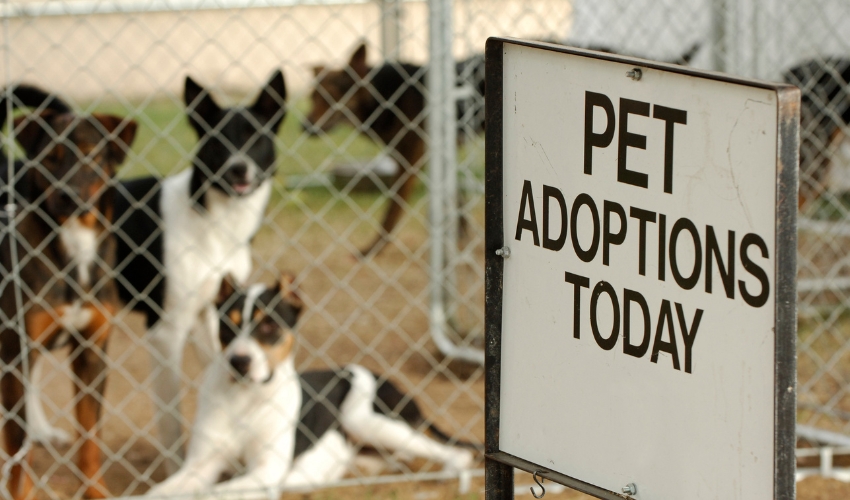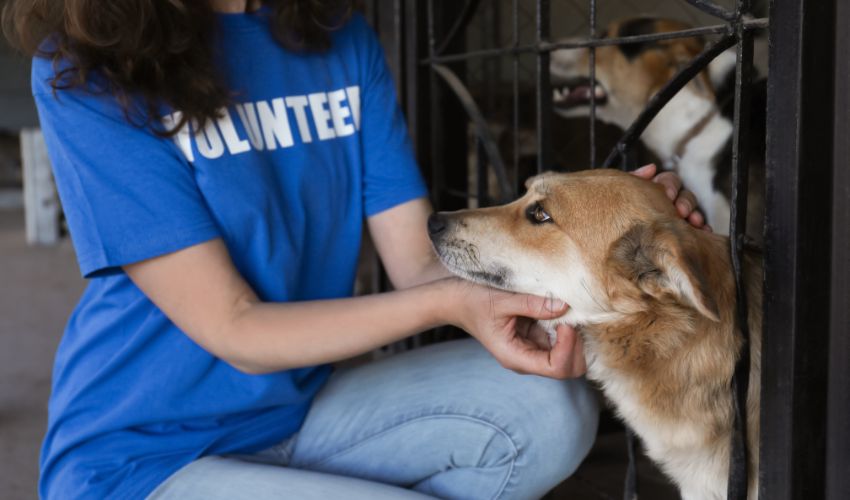The liver is a vital organ in the intricate web of a pet’s physiology, playing a pivotal role in metabolism, digestion, and detoxification. Hepatic disorders, or liver diseases, can have profound effects on the health and well-being of dogs and cats. Understanding the nuances of liver health, recognizing signs of hepatic disorders, and implementing effective management strategies are crucial aspects of responsible pet ownership. In this comprehensive guide, we will delve into the world of hepatic disorders in dogs and cats, exploring the intricacies of liver function, common disorders, and proactive measures for maintaining optimal liver health.
The Marvelous Liver: A Hub of Vital Functions
- Metabolism and Digestion: The liver is central to metabolism, processing nutrients from food into energy and storing glycogen for future use. It also produces bile, essential for digestion and the absorption of fats.
- Detoxification: Acting as a detoxifying powerhouse, the liver filters and neutralizes toxins from the bloodstream. It metabolizes drugs, eliminates waste products, and plays a critical role in maintaining the body’s overall balance.
- Blood Clotting: The liver synthesizes clotting factors, contributing to the body’s ability to form blood clots and prevent excessive bleeding.
Common Hepatic Disorders in Dogs and Cats
- Hepatitis: Canine and feline hepatitis involve inflammation of the liver. Causes may include infections, toxins, or autoimmune reactions. Symptoms include jaundice, lethargy, vomiting, and changes in appetite.
- Hepatic Lipidosis (Fatty Liver Disease): More common in cats, hepatic lipidosis results from the excessive accumulation of fat in the liver. It often occurs secondary to prolonged anorexia or obesity.
- Liver Shunts: Congenital or acquired, liver shunts are abnormal blood vessels diverting blood away from the liver. This can impair detoxification and nutrient processing, leading to various symptoms.
- Cirrhosis: Cirrhosis involves the progressive scarring of the liver tissue, often stemming from chronic inflammation or long-term liver damage. It impairs liver function and can result in irreversible damage.
- Portosystemic Shunts: Abnormal blood vessels connecting the digestive system to the systemic circulation bypass the liver, compromising its ability to filter toxins. Portosystemic shunts can be congenital or acquired.
Signs of Hepatic Disorders in Dogs and Cats
- Jaundice (Icterus): Yellowing of the eyes, gums, or skin indicates elevated bilirubin levels, a common sign of liver dysfunction.
- Changes in Appetite: Hepatic disorders can lead to changes in appetite, manifesting as anorexia, increased hunger, or changes in eating patterns.
- Vomiting and Diarrhea: Gastrointestinal symptoms such as vomiting and diarrhea may occur, often accompanied by lethargy.
- Increased Thirst and Urination: Changes in water consumption and urination patterns may be observed as the body attempts to eliminate toxins.
- Ascites: Fluid accumulation in the abdomen, known as ascites, can occur in advanced liver disease, causing abdominal distension.
- Neurological Symptoms: In severe cases, hepatic encephalopathy may lead to neurological symptoms, including disorientation, seizures, or altered behavior.
Diagnostic Approaches for Hepatic Disorders
- Blood Tests: Liver function tests, including levels of enzymes and bilirubin, provide insights into liver health. Abnormalities may indicate liver dysfunction.
- Imaging Studies: Imaging techniques such as ultrasound or radiography can reveal structural changes, tumors, or abnormalities in the liver.
- Biopsy: Liver biopsy involves the collection of tissue samples for detailed examination. It helps diagnose the specific type and extent of liver disease.
- Bile Acids Test: The bile acids test assesses the liver’s ability to produce and release bile, offering valuable information about liver function.
Treatment Strategies for Hepatic Disorders
- Dietary Management: Prescription diets designed for liver support can aid in managing hepatic disorders. These diets are formulated to reduce the liver’s workload and provide essential nutrients.
- Medications: Veterinarians may prescribe medications to address specific symptoms or underlying causes of liver dysfunction. These may include anti-inflammatory drugs, antibiotics, or medications to promote bile flow.
- Fluid Therapy: In cases of dehydration or fluid retention, fluid therapy may be administered to maintain hydration and support overall organ function.
- Surgery: Surgical interventions may be necessary for conditions like liver shunts or tumors. Surgical correction aims to restore normal blood flow or remove diseased tissue.
- Supplemental Support: Supplementation with vitamins and antioxidants may be recommended to support liver function. Omega-3 fatty acids can have anti-inflammatory effects.
- Management of Underlying Conditions: Addressing underlying causes, such as infections or toxins, is crucial for effective treatment. Identifying and managing these factors contribute to a comprehensive treatment approach.

Proactive Measures for Maintaining Liver Health
- Regular Veterinary Check-ups: Schedule routine veterinary check-ups to monitor your pet’s overall health and detect potential issues early.
- Vaccinations: Follow recommended vaccination schedules to prevent infectious diseases that could impact liver health.
- Parasite Prevention: Implement regular parasite prevention measures, including deworming and flea control, to reduce the risk of infections that affect the liver.
- Balanced Nutrition: Provide a balanced and nutritionally complete diet to support overall health, including liver function.
- Maintain a Healthy Weight: Obesity is a risk factor for hepatic lipidosis. Maintain your pet at a healthy weight through proper diet and regular exercise.
- Limit Exposure to Toxins: Minimize exposure to toxins such as household chemicals, certain plants, and human medications that can harm the liver.
- Monitor Changes in Behavior: Stay vigilant for changes in behavior, appetite, and bathroom habits. Early detection allows for prompt intervention.
Conclusion: Nurturing Liver Health for a Vibrant Life
Understanding hepatic disorders in dogs and cats empowers pet owners to actively contribute to their pet’s well-being. From recognizing early signs to implementing preventive measures and seeking timely veterinary care, responsible pet ownership plays a crucial role in maintaining optimal liver health.
As a pet owner, your commitment to providing a nurturing environment, balanced nutrition, and regular veterinary attention ensures that your furry companions can lead vibrant, healthy lives. Together, let’s navigate the complexities of liver health and foster a future where hepatic disorders are met with proactive care and informed decision-making.












